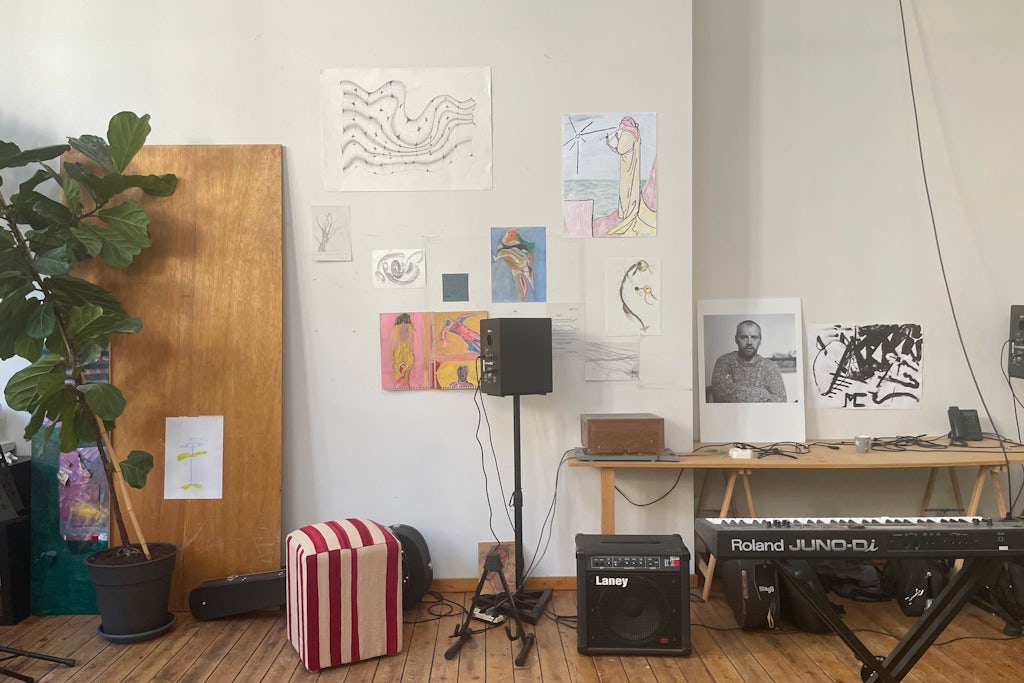Art & health care

KAOS vzw ontwikkelt kunstprojecten met kunstenaars die al dan niet een psychische kwetsbaarheid hebben en heeft een Kunstenaarsresidentie in psychiatrie.
At first glance, art and health care seem far apart, yet there is overlap and collaboration between the two domains. For example, art is used as therapy, there are projects that use art for general well-being and artists experiment with new practices in the context of healthcare institutions.
Can art improve the quality of life for people living – sometimes by necessity – in care institutions, which deviate from what society sees as the “norm”? Can art sensitise us to our physical and mental vulnerability, which we often repress to meet pressure and expectations? Can art contribute to inclusion and multi-voicedness? And can (health) care be an essential part of society instead of being on the periphery or outside of it?
Besides a lot of opportunities, this cross-sectoral way of working also brings many challenges. For instance, how and where to find funding for projects that fall between different systems? Moreover, these practices are not yet institutionalised and often depend on people’s personal commitment, which makes them vulnerable.
In this dossier, we will bring together insights and questions on the collaboration between the arts and care sector in the coming months.
When art meets care
In Flanders and beyond, many actors are engaged in the domain where art and care meet. At the same time, these practices remain largely invisible to the general (art) public.
What are the motivations and methods for building bridges between art and psychiatry today, and what are the main challenges for doing so?
Read below the texts of Julie Rodeyns and Petra Van Dyck, who each participated in meetings with people and organisations working at the intersection of art and (mental) health care.





